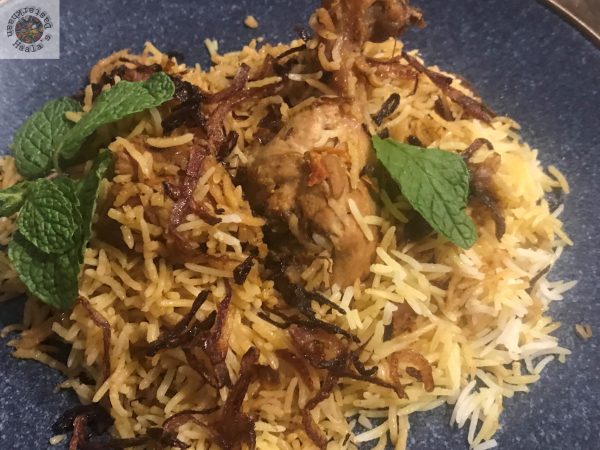Though synonymous with Indian cuisine and a part of specialty, the biryani is regarded as an import from West Asia, more specifically, Persia. The word biryani is thought to originate from the Persian word “birian” which means ‘fried before cooking’ or “birinj” meaning ‘rice’. The rice is washed and soaked and is cooked in ghee with whole spices and then cooked in boiling water. This imparts a mild nutty flavor to the rice and also helps rice retain their shape after being boiled.
The recipe of a good biryani has been simple, rice and meat that is cooked in spices and other ingredients set in layers. Traditionally, long grain white rice is preferred option with biryani. In south India, local varieties like kaima or jeeraka shala provide their own distinct flavor and texture to the dish. The meats vary from goat, sheep, poultry, beef, eggs to seafood as well. Fragrance heightens its appeal, you can add Kewra water, saffron or Rose water . The cooking technique can be Kacchi Biryani, where the meat is layered with raw rice or Pakki Biryani, where cooked rice and meat are layered together.
Legend has it that Timur the Lame, the Turkic conqueror and founder of the Timurid Empire, was responsible for the entry of biryani to India. His armies would consume a hearty diet of pots of rice, spices and meats that were slow cooked in hot buried pits which were dug out at meal time. While biryani may very well have been part of a war diet, there was always a certain romance associated with it.
Stories also claim that Mumtaz Mahal, the inspiration behind India’s most celebrated monument and symbol of love, the Taj Mahal, had something to do with it. It is believed that Mumtaz Mahal once visited the Mughal army’s barracks in Moradabad and was dismayed by the dire conditions and poor nutrition endured by the soldiers. She ordered the cook to prepare a wholesome meal that blended meat and rice. And thus, they say, the biryani was born. As the history speaks, Moradabad, was founded in 1625 and named after Murad Baksh, son of Mughal Emperor Shah Jahan. Therefore, we can kind of believe that this recipe is close to the original recipe of Queen Mumtaz Mahal. The Moradabadi is typically low on spices and high on flavor.
Whether it was the Nawabs of Oudh (Awadh) in Lucknow or the Nizams of Hyderabad, the biryani blossomed into regional variations wherever it went. This Biryani comes with its own unique flavor. Enjoy!!!
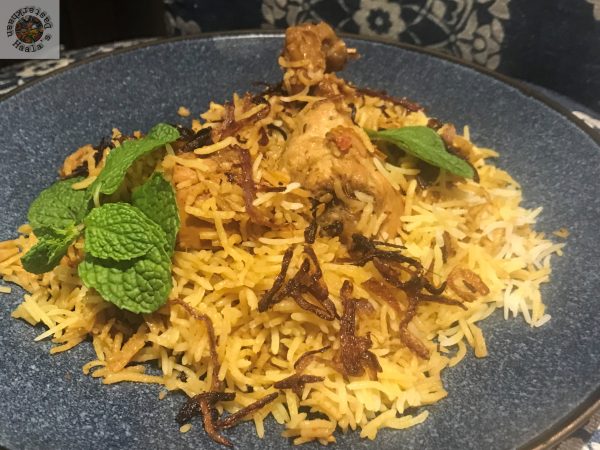
| Servings |
|
- 2 tbsp White Poppy seeds Khus khus
- 1/2 cup Coriander leaves
- 3 tbsp Ginger garlic paste
- 5 No. Onions 4 sliced + 1 chopped for the green puree
- 1/2 tsp Shahi zeera
- 5 No. Green cardamom
- 4 No. cloves
- 2 No. Cinnamon sticks Medium size
- 1 No. Bay leaf
- 2 No. Star Anise
- 1/4 tsp cardamom powder
- 1/2 cup Vegetable oil
- 2 tbsp Pure Ghee
- 8 No. Green chilies sliced
- 2 No. Tomato Chopped
- 1 tsp Coriander powder
- 1/2 tsp Turmeric Powder
- 1 tsp Red chili powder
- Salt More or less according to your taste
- 1/2 cup Mint leaves
- 1 cup Yogurt
- 1 No. Chicken Cut to small and medium size pieces
- 4 cups Long grain Basmati Rice washed and soaked for 20 minutes.
Ingredients
|

|
- Soak the Poppy seeds in water for 30 minutes.
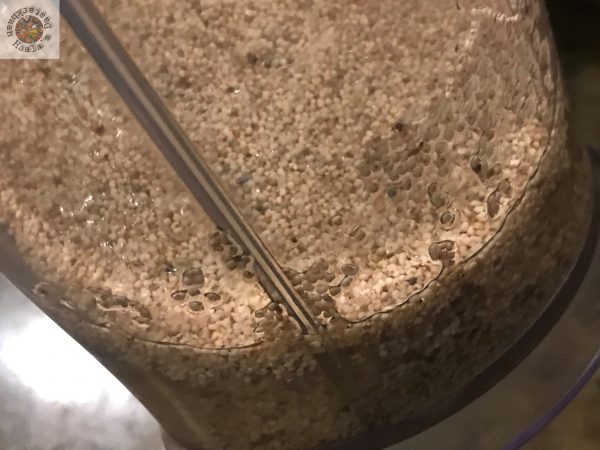
- Add ginger garlic paste and coriander seeds with the poppy seeds in a blender.
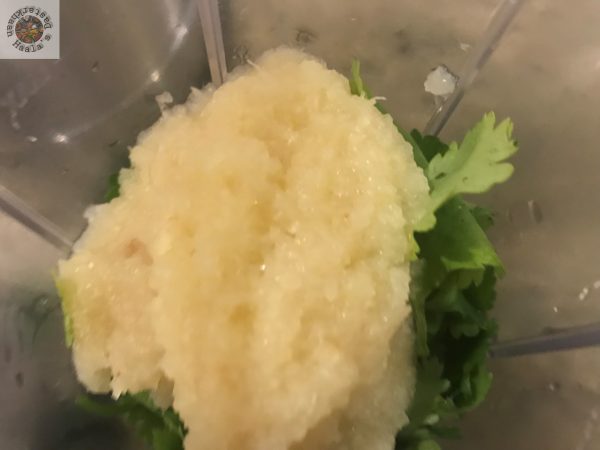
- Add 1 onion that was cut to cubes.

- Blend the ingredients to make a green smooth paste.

- Add Oil to a pan. Add bay leaf, Shahi zeera, Cinnamon stick, cloves and Green cardamoms to the Oil. Once they crackle, usually takes a minute, add the sliced Onions.
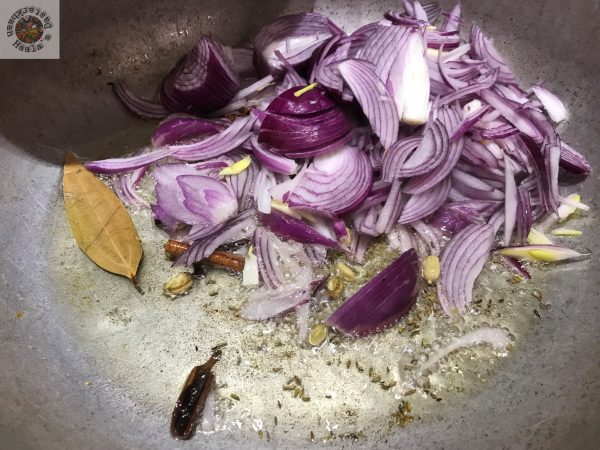
- Cook till the Onions till they turn light brown in color. Take 2 tbsp out for garnishing later.
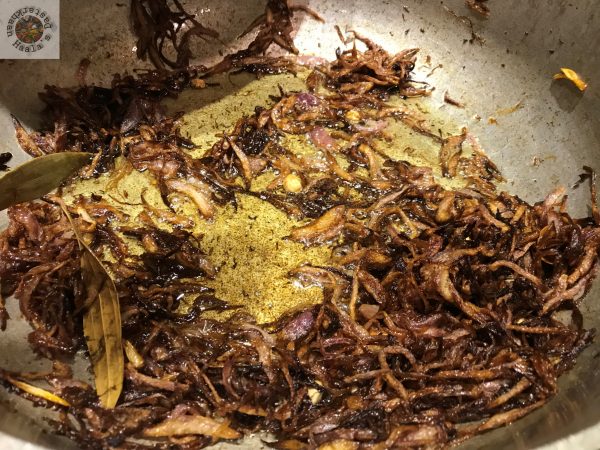
- Add the green paste to the fried onions in the pan. Saute'e for 2 minutes.
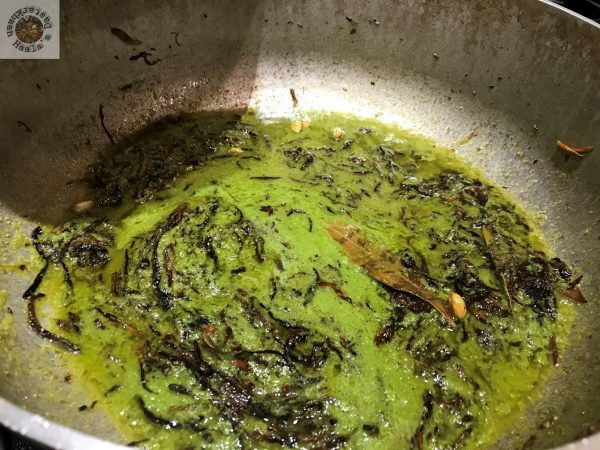
- Add the chopped tomatoes and sliced Green chilies. Cook till the tomatoes are soft and mushy.
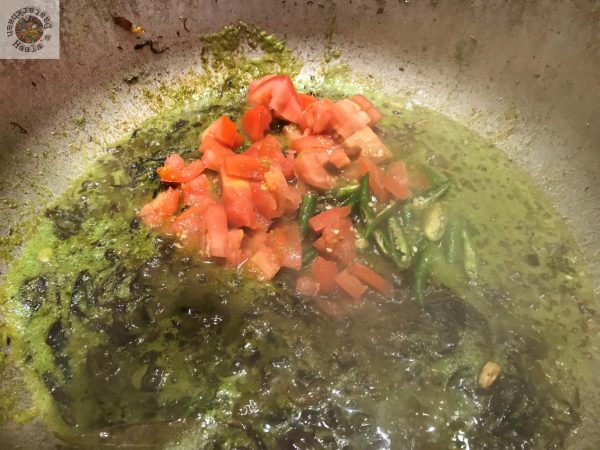
- Add the Chicken pieces. Cook for around 4-5 minutes.
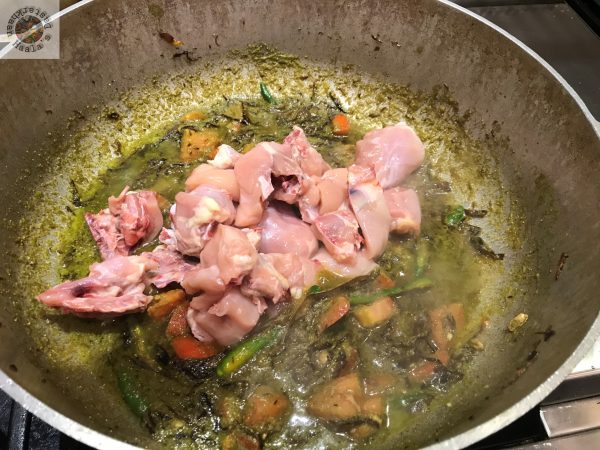
- Add little salt, Red chili powder, Coriander Powder and Turmeric Powder. Cook for 5 minutes.

- Add Mint leaves to the Yakhni.

- Add the Yogurt to the yakhni and cook till you are left with only 1 cup Yakhni sauce.
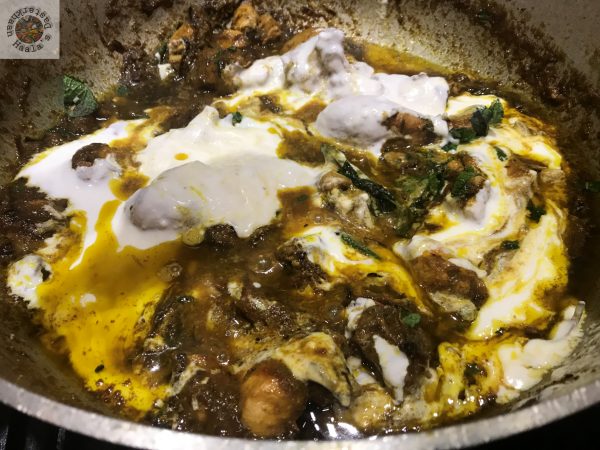
- In another pan, add ghee with Cardamom powder and star anise.
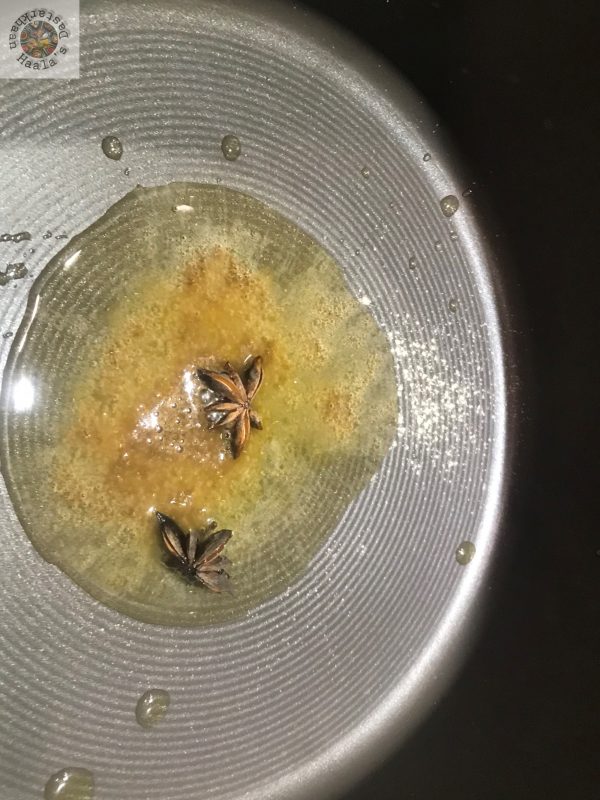
- Add 10 cups of water to the pan and add salt.
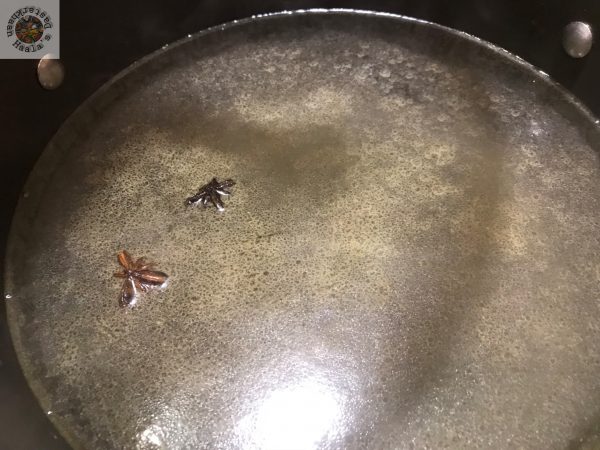
- Discard the water that the rice was soaked in. When the water comes to a boil, add the Rice to it. Boil the Rice till its 70% cooked. The middle of the Rice should be soft and the sides should still be slightly hard. This is when we know Rice is partially cooked.
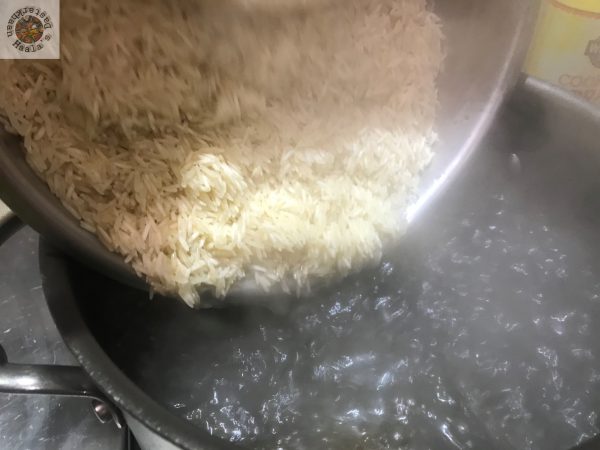
- Add the Rice on top of the Yakhni.
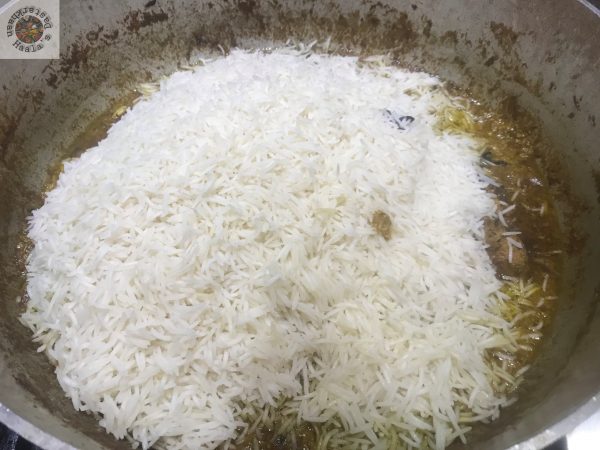
- Mix them up softly. Be careful as you don't want to break the grains of Rice. Leave it on high flame to dumm for 10 minutes and further on low flame for 20 minutes.
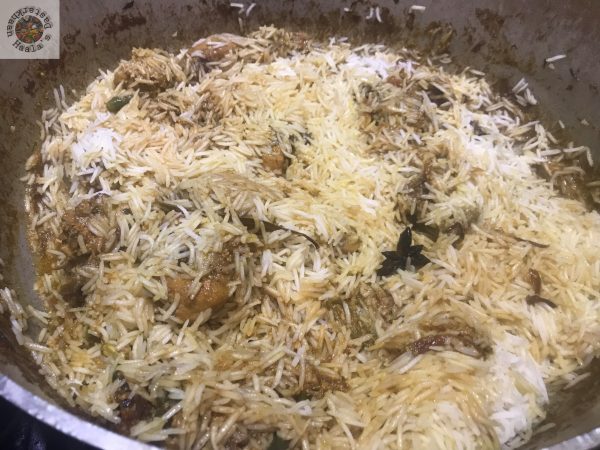
- Serve garnished with fried Onions. You can serve Onion Raita on the side.
